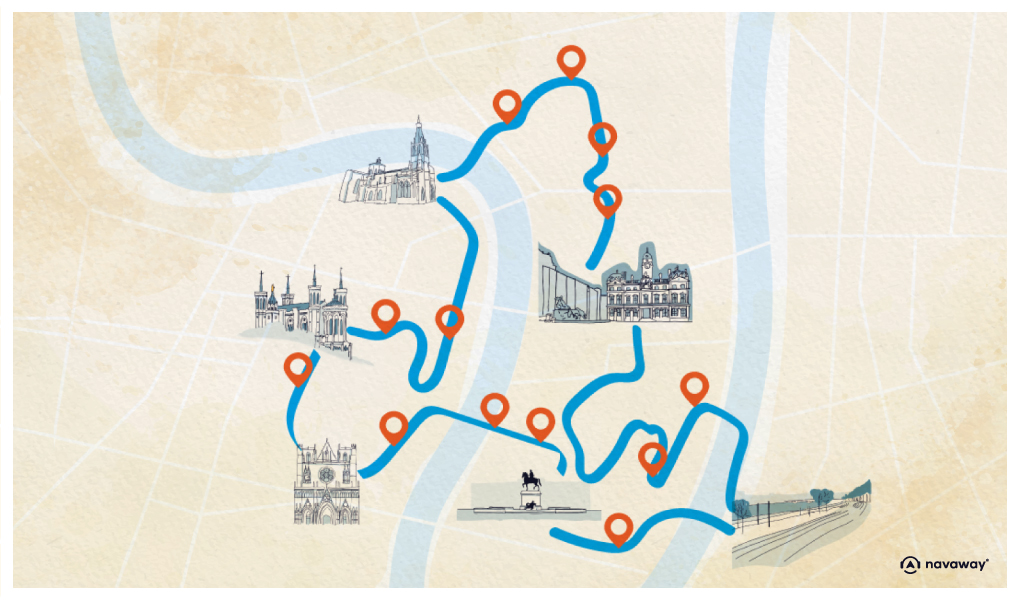
Place Bellecour
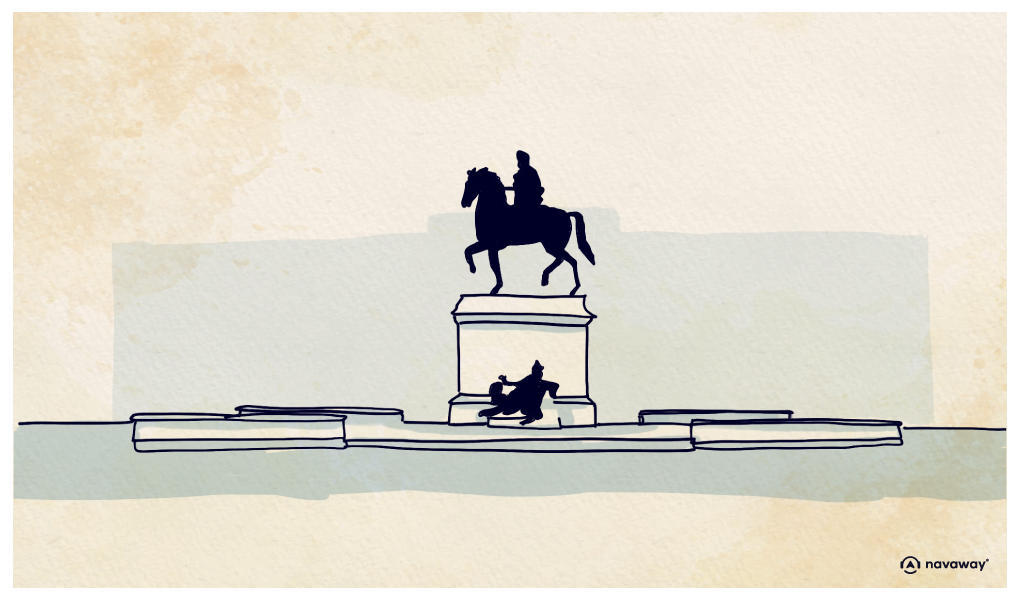
This point of interest is available as audio on the tour: Visit Lyon, The City of two hills
Welcome to one of the must-see places in the city of Lyon – Place Bellecour. It is one of the largest pedestrian squares in Europe and the third largest in France, after the place des Quinconces in Bordeaux and Place de la Concorde in Paris. As you can see its dimensions are impressive. It is a major meeting place for the people of Lyon during cultural, sporting and political events. Like the rest of the peninsula, it used to be marshland. The Roman city, then called Lugdunum, was higher up on Fourvière hill. Over time, it was a military and commercial centre for the Gallo-Romans, but turned back to marshland at the fall of the Roman Empire in the 5th century. It remained so until the 12th century, when the Bishop of Lyon took possession of the land, including a vineyard called “bella curtis”, which means “beautiful garden”. In reference to this vineyard and its transformation into a pasture with sheepfolds, in the 13th century it was called “Belle cour field”, in three words. That’s where its current name comes from! In the 16th century, it became more and more attractive: the marshes were drained, the city gradually expanded around it, and the major French cities began to design large squares to symbolise their importance and power. King Louis XIV even gave it the title of royal square in 1658! Magnificent buildings were built around it, making it the most important and spectacular place in the city. It has witnessed the greatest events in history and has changed its name following political and social changes over time – from Royal Square to Place Louis le Grand, Equality Square and even Place Bonaparte. It was only at the beginning of the Third Republic that it regained its lovely name of Place Bellecour. In the centre, you’ll find an equestrian statue of Louis XIV, who made it one of the most famous squares in France. Go up to the statue and take a close look: if you pay attention to the details, you’ll notice that the king is not wearing any stirrups. Legend has it that the sculptor, François Frédéric Lemot, decided to end his life when he realised he had forgotten to put these on. But that’s not true. In fact, the king is depicted as a Roman emperor, which is why he doesn’t wear a saddle or stirrups! The first statue of Louis XIV was placed here in 1713, commissioned by the King himself, but was melted down during the Revolution to make cannons. It was replaced by the current one in 1825. Representing the King as a Roman Emperor meant to demonstrate that his power and greatness, matched that of the Romans, considered one of the most powerful empires in history. The statue is complemented by two figures, a man and a woman, placed on either side of the pedestal, symbolising the Rhône and the Saône rivers. Beyond its rich history and iconic statues, it’s important to know that Place Bellecour is also the starting point for many shopping streets and serves as the city’s zero kilometre point – all distances are calculated from here. Surrounded by the Saône on one side and the Rhône on the other, this square, with its striking red floor, is an absolute must when exploring Lyon. It’s also where you’ll find the Tourist Office.

Discover other tours to visit Lyon

Discover Lyon with app
An interactive guide through the most beautiful streets, squares, and districts
26 fun audioguides full of historical facts, anecdotes, and legends
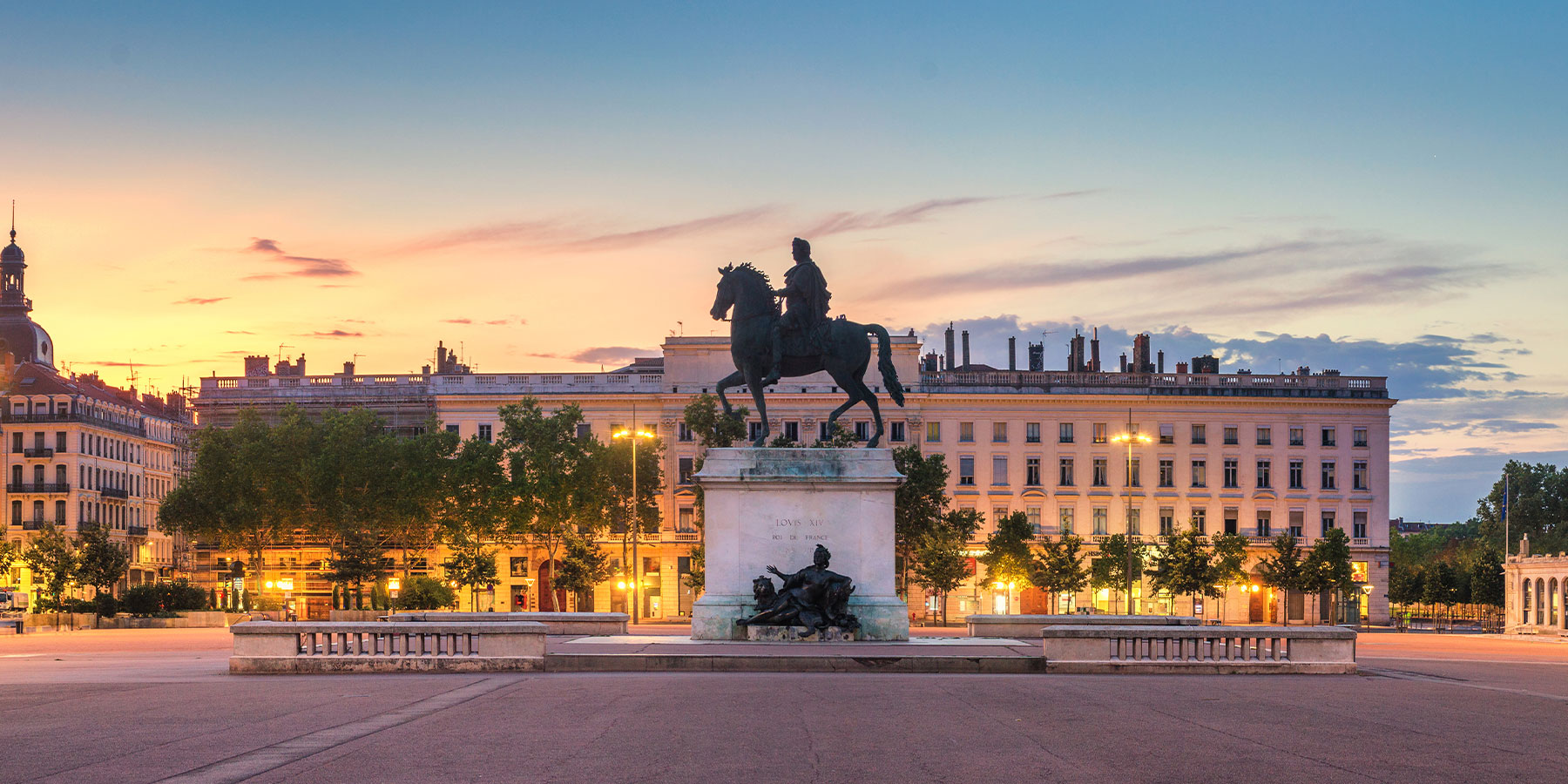
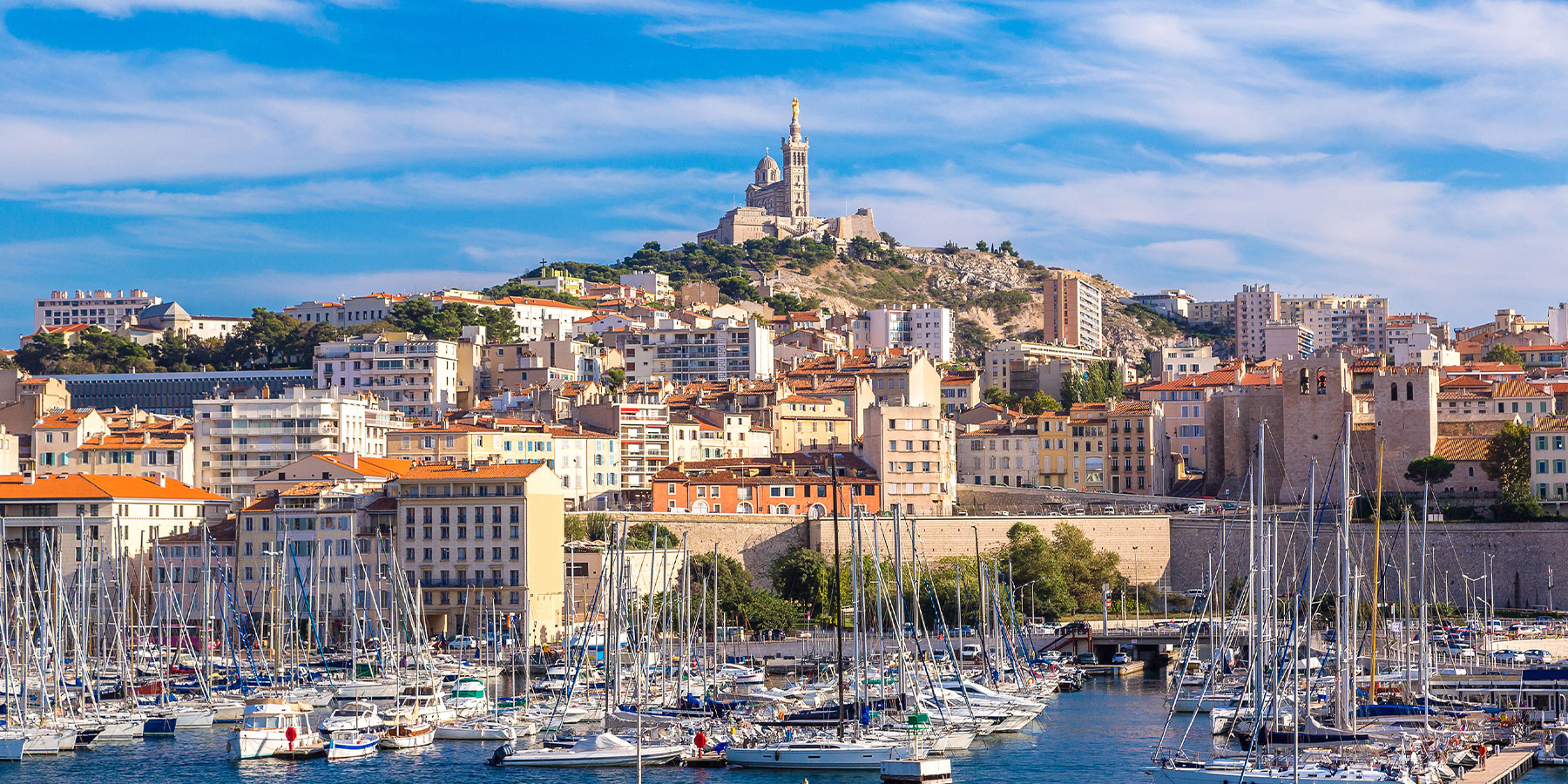
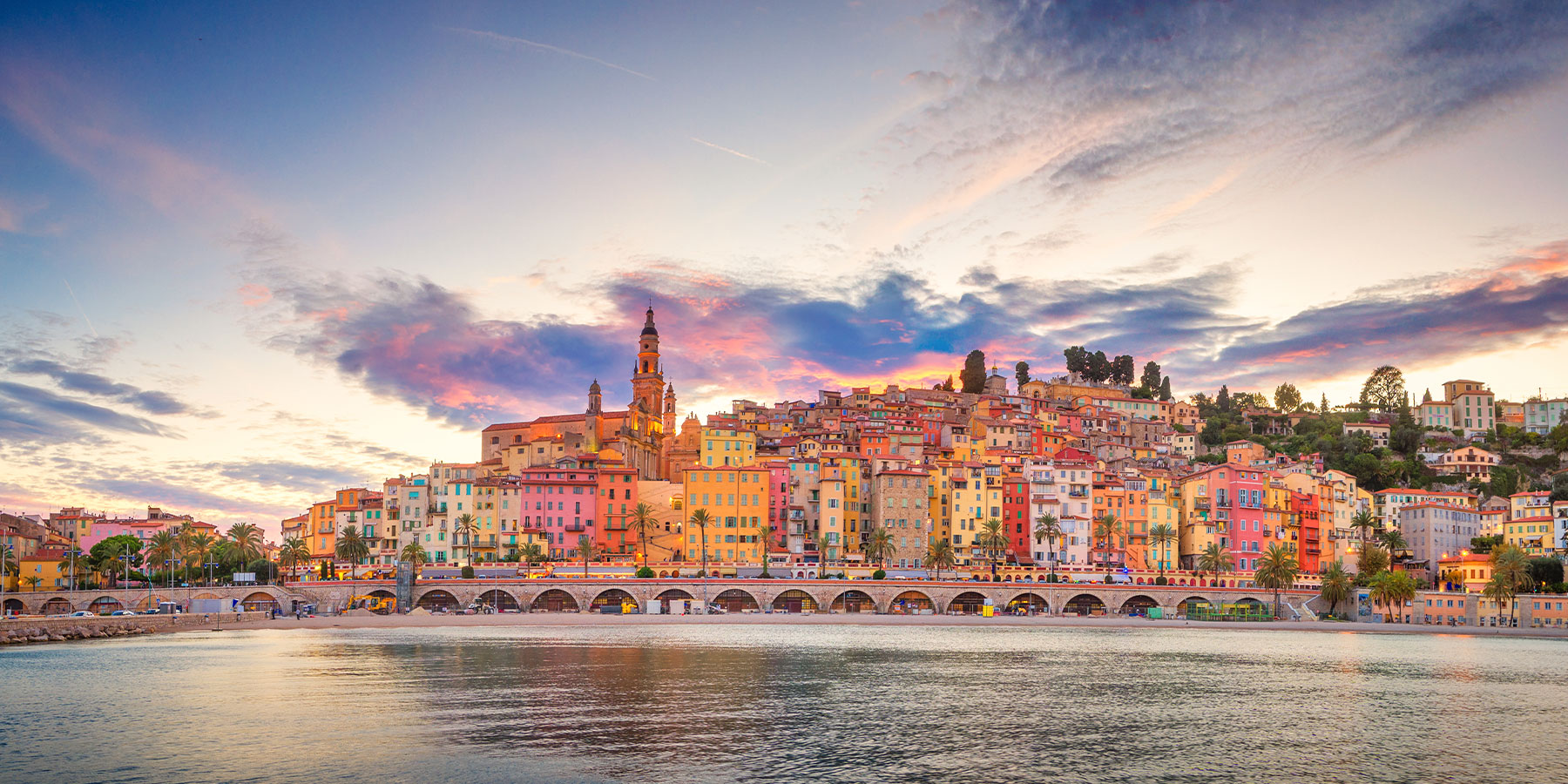
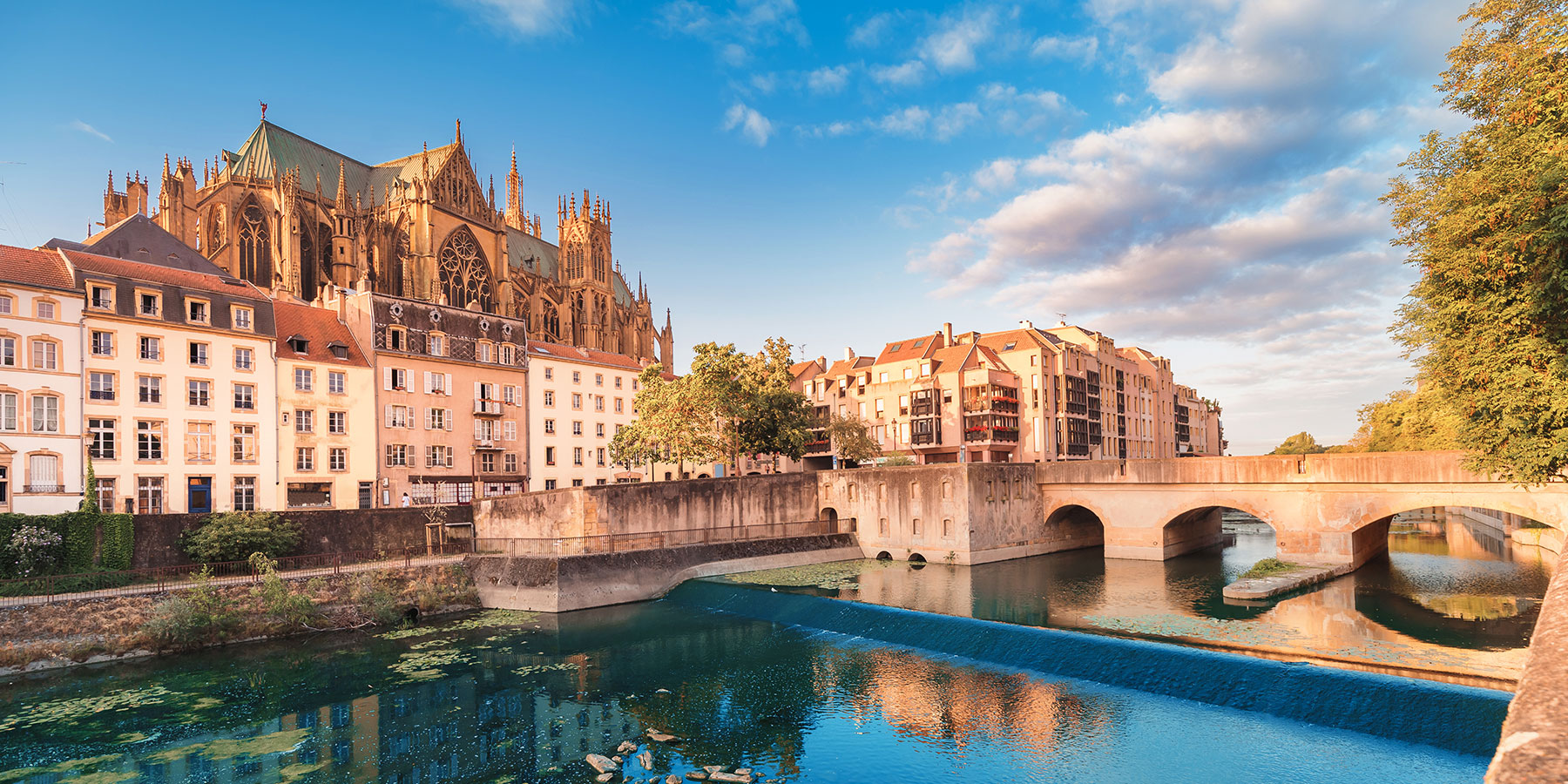


Comments